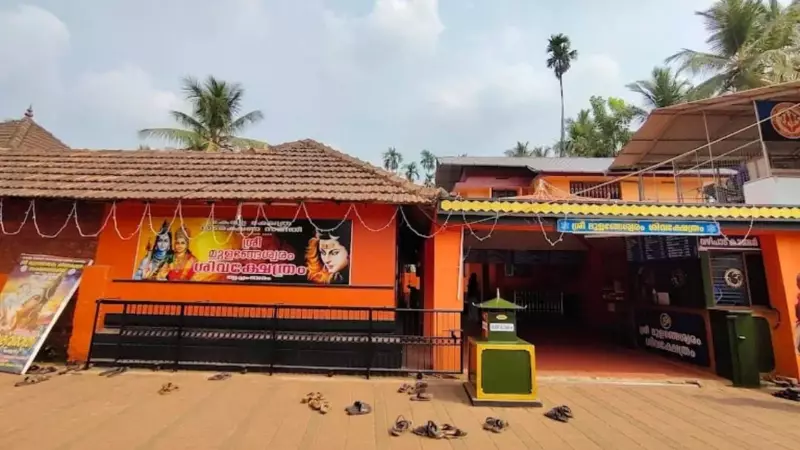
In a significant legal development, the Supreme Court has stepped into the ongoing temple administration controversy in Kerala, putting a temporary freeze on key appointments and seeking responses from concerned authorities.
Court Intervention in Temple Administration
The apex court has officially issued notices to the Malabar Devaswom Board while simultaneously putting on hold the appointment of an executive officer for the affected temples. This judicial intervention comes amid growing tensions surrounding the proposed takeover of temple management.
Immediate Impact of the Supreme Court Order
The interim order effectively halts any immediate changes to the temple administration structure that were being contemplated. The freezing of the executive officer appointment represents a major setback for those advocating for administrative changes in how these religious institutions are managed.
Background of the Legal Battle
The controversy centers around the proposed takeover of temple management, which has sparked heated debates among various stakeholders. The Malabar Devaswom Board, responsible for overseeing numerous temples in the region, now finds itself at the center of this legal storm.
What the Supreme Court's Action Means
The issuance of notices indicates the court's serious consideration of the matter, requiring the Devaswom Board to present its position formally. Meanwhile, the freezing of appointments ensures that the status quo is maintained until the court has had the opportunity to examine all aspects of the case thoroughly.
Broader Implications for Temple Management
This case has far-reaching consequences for how temples are administered across Kerala and potentially other states. The Supreme Court's eventual decision could set important precedents for the balance between religious autonomy and state supervision of places of worship.
The legal proceedings are being closely watched by religious communities, legal experts, and administrative authorities alike, as the outcome could reshape temple governance structures in the region for years to come.





